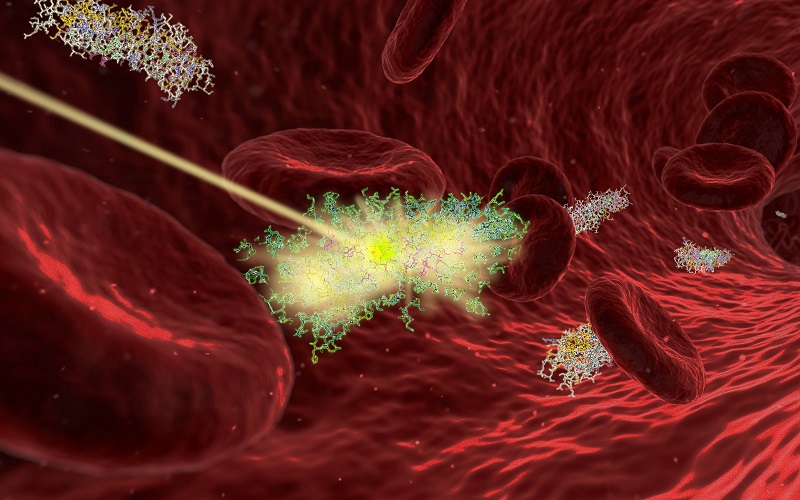When disease outbreaks occur, identifying the microbe responsible for causing the infection is critical for the correct treatment to be administered. Health authorities also rely on accurate and rapid diagnostics to coordinate containment strategies.
However, some infectious organisms such as those belonging to the flavivirus family are difficult to distinguish from one another using conventional antibody methods, and remain undetectable by RNA-based diagnostics even at a late stage of infection. Examples of viruses in this family include four strains of the dengue virus, Zika virus, yellow fever virus and Kunjin virus.
“Each flavivirus diagnosis also requires a specific test, and combining multiple tests within a single diagnostic reaction often compromises detection sensitivity,” said A*STAR’s Jayantha Gunaratne.
Seeking to improve flavivirus identification, Gunaratne and his team at the Institute of Molecular and Cell Biology (IMCB), in collaboration with the National Environment Agency’s Environmental Health Institute and the National Centre for Infectious Diseases, developed a proteomic mass spectrometry (MS)-based assay that can simultaneously detect all seven of the above-mentioned flaviviruses, with high sensitivity and specificity.
Gunaratne’s team first focused on the virus non-structural protein 1 (NS1), a protein not found in humans but expressed by flaviviruses. Using their technique, they determined that each flavivirus, including the four strains of the dengue virus, has a unique NS1 peptide sequence that could be used in a way similar to fingerprints for diagnosis.
The researchers then proceeded to validate their approach in serum samples from infected patients, demonstrating that they could distinguish the four strains of dengue virus with 100 percent accuracy. The assay could also be used to pinpoint exactly which flavivirus species or strains were culpable for co-infected samples.
Importantly, the assay remained sensitive and specific when applied to samples from patients with secondary flavivirus infections, during which the virus’ NS1 peptide may be bound to immune proteins. The researchers noted that a step in their protocol likely resulted in the dissociation of immune complexes from the NS1 peptide, thereby preventing the immune proteins from interfering with the assay.
“Proteomic MS offers single amino acid resolution when analyzing peptide sequences, so I was confident that the technology could be exploited in the diagnosis and typing of flaviviruses,” Gunaratne said. “Our findings could pave the way for a more efficient response towards outbreaks, especially for new emerging flaviviruses such as the Zika virus.”
Gunaratne’s team plans to develop an end-user friendly package to bring this assay into the clinic, as well as explore the possibility of expanding this application to other diseases.
Proteomics and systems biology pioneer Ruedi Aebersold at ETH Zurich, Switzerland, who was not involved in the research, noted that “the present study is a powerful and well-constructed example of the application of advanced MS technology to an important clinical question. It promises a clear path for translation and broad utility. Further, the approach is readily extendible to new viruses or virus subtypes without the need for expensive and slow antibody development.”
Aebersold's full commentary can be found here.
The A*STAR-affiliated researchers contributing to this research are from the Institute of Molecular and Cell Biology (IMCB).






